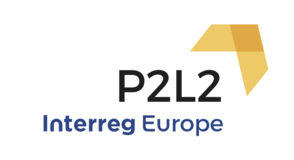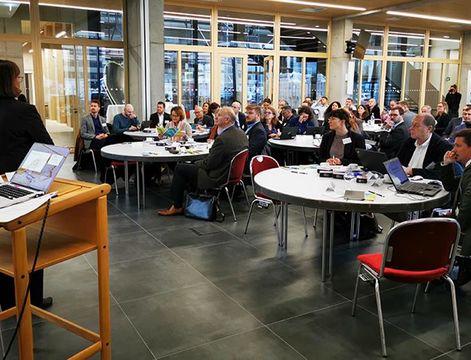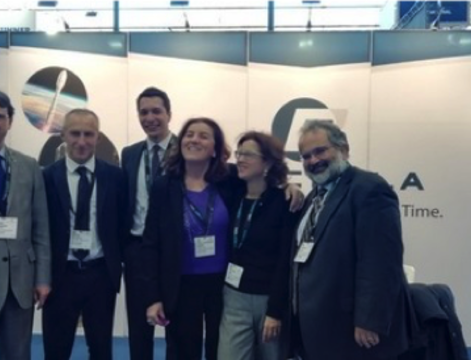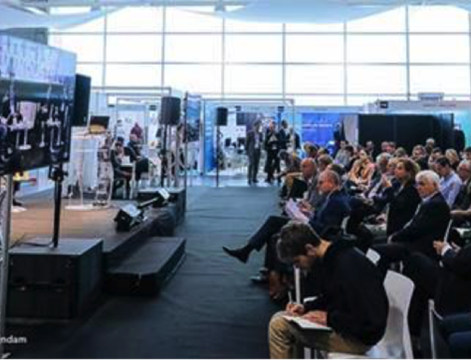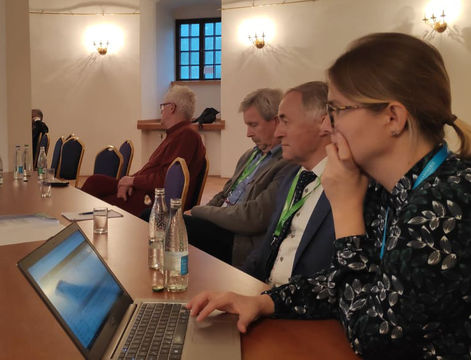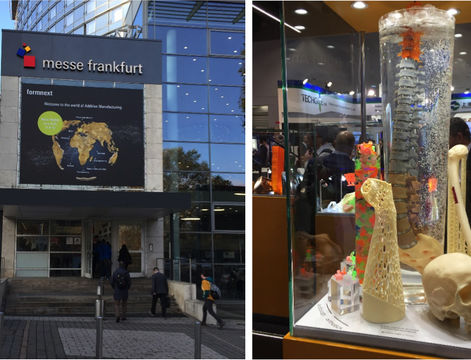Balancing the interests of higher education and “ideas to market” in Smart Specialization
The topic of higher education in Smart specialization strategies (S3) is gaining a lot of attention lately. It’s happening mainly because the new programming period of 2020-2027 needs to capitalize on lessons learned from the current period and higher education institutions (HEIs) are a major player in the field. But it seems that higher education hasn’t yet played the proper role in shaping and executing S3 afterwards. There might be various reasons for that and the following three cases takes a look at different findings from European regions.
Case of Lithuania: Higher Education works in different cycles
The study performed under the DG JRC Higher Education for Smart Specialization (HESS) project has revealed that S3 did not have significant impact on decision making regarding studies at HEIs. Instead of S3 topics, HEIs were focusing on existing capacities (incl. research excellence) to develop high quality and financially sustainable study programmes, demand (entrants and labor market) and emerging trends in R&I and the economy (e.g. fintech). The study found, that deeper engagement depends on long term investments (infrastructure, staffing, programmes) and require trust and stability of priorities. There is also time inconsistency: the first cohorts of bachelor students will enter labor market only after 6-7 years of studies (while lifespan of S3 programme is 7 years).
Case of Center-Val de Loire, France: Specialized before the S3
The region of Center-Val de Loire has regional S3 strategy and quite unique priority: biotechnology and applied services for health and cosmetics. The reason of such specialization is the Cosmetic Valley with 800 businesses present in the region (of which 50% are members of the competitiveness cluster), 90,000 employees and 26 billion € turnover. The cosmetics research in France has at least 175 Research and Development projects officially backed by the cluster worth 280 million € (as of 31/12/2015),
8 universities, 226 State laboratories and 8,200 researchers (public and private). Regional universities have rolled-out not only research programmes, but also dual education bachelor degree in cosmetic science and formulation design together with numerous student engagement into the biotechnology and applied services for health and cosmetics priority. The reason behind close collaboration is the historical ties that were present in the regional ecosystem before the S3 approach was adopted.
Case of Marche, Italy: Synergies in short/medium timeframe
The region of Marche was looking into the possible solutions to better exploit the innovative potential of HEIs and bring forward the synergies of studies, research and innovation activities. They used a tool HEInnovate what is a self-assessment tool used to find collaborative solutions. During the workshops several directions of actions were identified, such as: more involvement of students in entrepreneurship activities and opportunities; knowledge map to improve an internationalization network; regional funds for entrepreneurship and mobility of Administration staff; shared space for idea creation where entrepreneurs and students can have cross sectors meetings.
Balancing ad combining the interests of higher education and S3 it is important to understand, that S3 is mainly based on the research agenda, not education. Organization of higher education, research infrastructure and strategic research programmes works in different timescale and balance than Smart specialization (and business). A long term regional specialization that goes before and beyond Smart specialization is a key of combination of both worlds. Education agenda within Smart specialization could be an instrument to counter brain-drain and sills gap.
